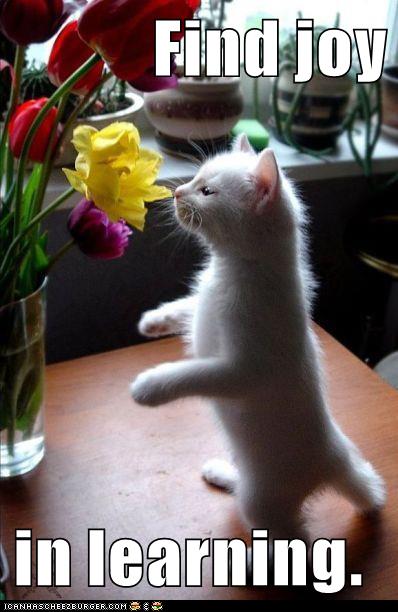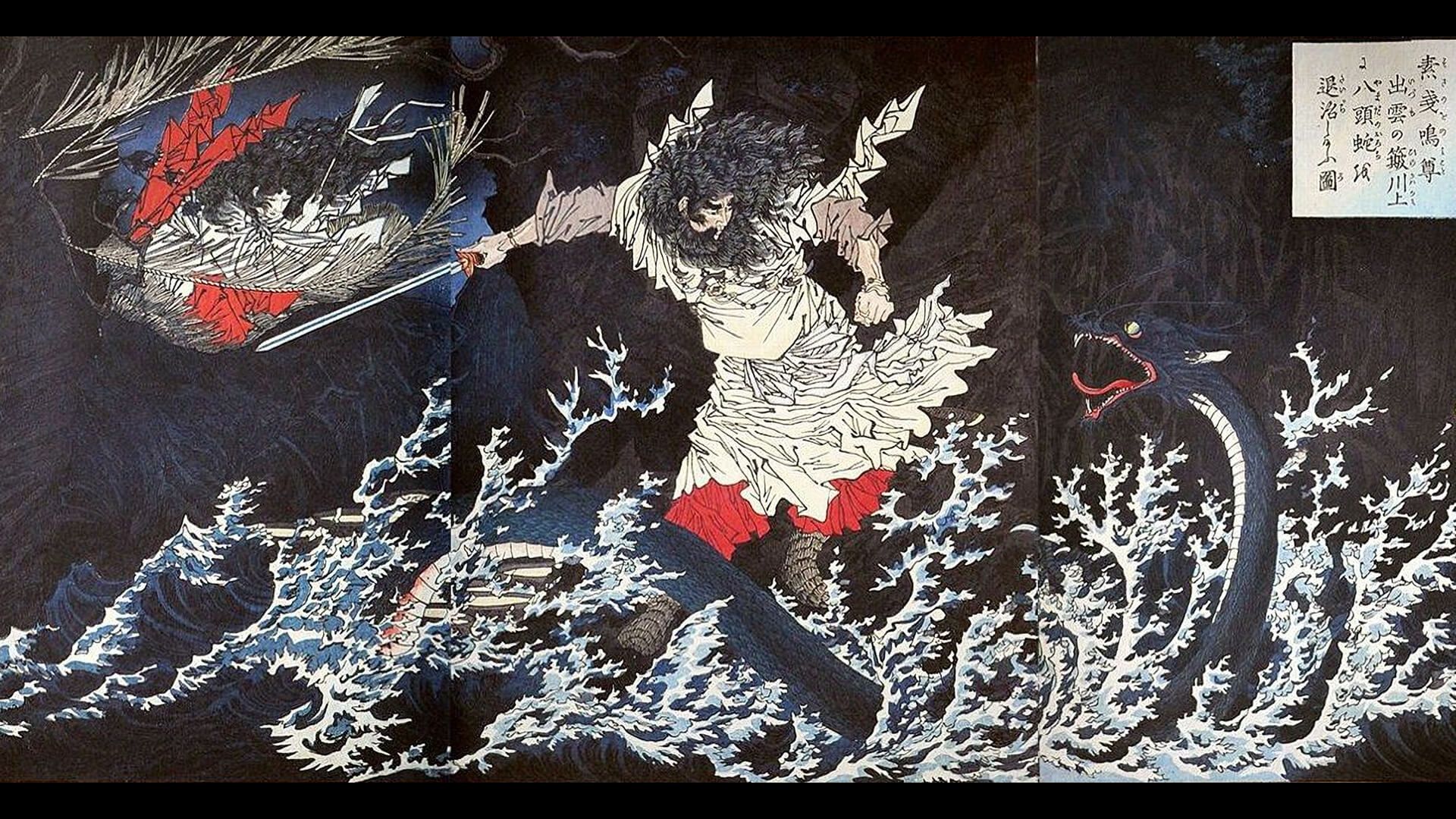Aaron believed that the Mind of the Six were hiding something, and they were abusing their power to keep it a secret. He could remember his parents' stories of life before the war. They described the outside world as having beautiful greenery, glistening bodies of water and enormous mountains. Aaron's parents disappeared when he was young, presumably taken by the Mind of the Six. He was determined to overthrow the Mind of the Six and release the inhabitants of Carcera from their oppressive grip.
As he made his way to the dining quad, Aaron noticed a guard robot interrogating someone about their missing ID badge. He took the opportunity to disappear down the utility hallway that he had discovered a week prior. As he explored, he found an underground path that led to the outermost wall of the dome. Aaron followed the path of the wall around the city and found an old door. He opened the door and let out a loud gasp. He had found a path to the outside world.
It was beautiful. He stepped outside and inhaled deeply, halfway expecting to perish immediately. Nothing happened. He exhaled and took another breath. Again, nothing happened. This confirmed everything he thought he knew about Carcera and the Mind of the Six. Aaron could not believe it. He pinched his arm to make sure it was not a dream. Overcome with excitement, he began to run. Aaron ran at a dead sprint as long as he could, and when his lungs started burning he slowed to a stop. He turned and gazed at the walls of the dome city from outside. His happy expression turned into one of despair. "This isn't right," Aaron thought. "Someone has to... I have to do something about this." He thought about the people suffering inside the city, and he decided to bring down the Mind of the Six and set free the people of Carcera.
Aaron made his way back to the door. Before stepping back inside, he turned and gave one last awe-inspired look at the beautiful world he had just discovered. As he retraced his steps, he began devising a plan to reveal the truth about the world to the inhabitants of Carcera and bring down the Mind of the Six.
To be continued...

Photo: End of the World Prison by Louis Argerich, found on Wikimedia, here.
I chose this photo to represent the cold barrack in which our protagonist, Aaron lives.
Author's Note: This story is greatly inspired by the tale How the Summer Came, in the American Indian Fairy Tales Unit. In How the Summer Came, all the world is cursed to live in perpetual wintertime until the hero, O-jeeg, journeys to find the way to end the perpetual winter and breaks through the sky barrier, bringing warmth and beauty back into the world. Hopefully I do not give too much away, but O-jeeg sacrifices himself to provide a beautiful world for everyone else. In this first part of my story, we follow Aaron, representative of O-jeeg, as he journeys to discover the beautiful world outside of the dome, which represents the sky O-jeeg breaks through in How the Summer Came. One of my favorite books is George Orwell's 1984, and that is where I found inspiration for describing a different type of cold world in which our characters live. If you have not read 1984, I highly recommend it! It is a great book about bravery, love and tragedy, and it is set in a dystopian future (relative to the year that Orwell wrote the book). There is so much more that I want to write that I could not possibly fit into this week's story, so stay tuned!
Bibliography: Story based off of readings from American Indian Fairy Tales, found here. Specifically, How the Summer Came, found here.





